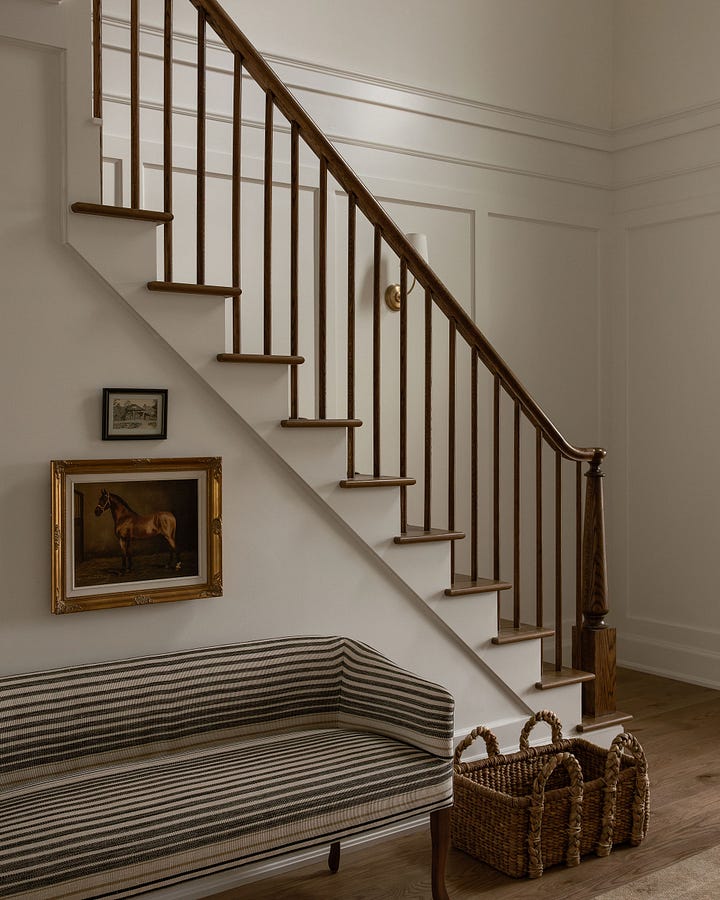How to Achieve Authentic Feeling Millwork
7 simple tips from our recent class with Kuiken Brothers
In my opinion, millwork can elevate a home more than almost anything else—it is what sets apart a custom home to a builder-grade home and when I was just starting out as a designer, it was something that I had a lot of questions about. If you’ve ever been asked to select a baseboard, design a fireplace mantel, select the size and layout of beams in a house, or determine whether you want v-groove or straight tongue and groove, then you’ll probably understand why at first, these questions can be intimidating.


In this post, we're sharing a few key tips from our recent class with Kuiken Brothers, where we talked about the art of mouldings in interior design.
#1—Gauge the architectural style of your home to understand which moulding profile and types is best for your home. This will help you avoid anything feeling out of place or falling out of style. Avoid adding mouldings that are trendy if they don’t align with the architectural style of your home.
#2—Avoid applying moulding 50% up the wall. Proportionally, a little above or below the halfway mark will feel better. Never put your chair rail at exactly 36”, a little lower is better.
#3—As a room gets taller, moulding gets bigger.
#4— When things feel off, they are likely not following this rule of scale. Refer to Brent Hull’s moulding scale videos on YouTube.
#5—Thicker is better - ideally, moulding should be at least ¾” thick.
#6—Learn the rules to know how to break the rules - it will feel more intentional and not like a mistake when you approach it that way.
#7—Beams are meant to look structural. The higher the ceiling, the wider and taller the beam should be. When in doubt refer to images of framed structures to see what size actual structural beams would be.
Trying to condense everything about millwork into one post is almost impossible but if you’re interested in hearing more than just what’s in this post, you can check out our class: Mastering Finish Work: The Art of Moldings in Interior Design. From choosing the right profiles to considering the scale and proportions of your room, this class will teach you what you need to know to make your millwork feel thoughtfully designed, well-integrated, and timeless.




